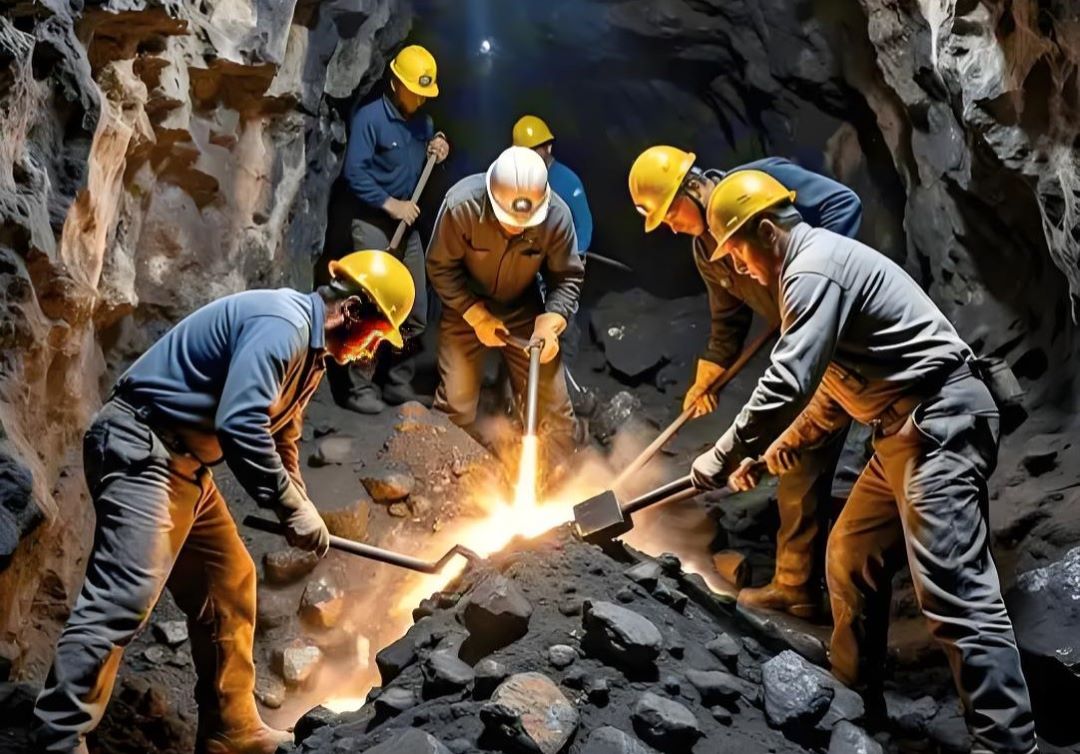What are the four 4 types of mining? Here are the four primary types of mining, categorized based on methodology and resource location:

1. Surface Mining
Extracting minerals near the Earth's surface by removing overlying soil and rock layers. Common subtypes include:
① Open-pit mining: Large-scale excavation for minerals like copper (e.g., Utah's Bingham Canyon Mine, one of the world's largest open-pit copper mines).
② Strip mining: Removing surface layers to access coal or tar sands.
③ Mountaintop removal: Used in coal-rich regions.
Key Features: High efficiency, cost-effective, but significant environmental disruption.
2. Underground Mining
Accessing deep-seated mineral deposits through tunnels and shafts. Techniques include:
① Room-and-pillar: Leaving pillars of ore to support the roof.
② Longwall mining: Automated systems for coal extraction.
③ Block caving: Collapsing ore blocks for easier collection.
Key Features: Requires specialized equipment like drills, loaders, and haul trucks. Suitable for deep resources but poses higher safety risks.
3. In-Situ Leaching (ISL)
Dissolving minerals in place using chemical solutions, then pumping the solution to the surface for processing.
① Applications: Low-grade uranium, copper, and salt deposits.
② Advantages: Minimal surface disruption and lower waste generation.
4. Marine Mining
Extracting resources from ocean floors or seawater, including:
① Polymetallic nodules: Rich in manganese, nickel, and cobalt.
② Seafloor massive sulfides: Containing copper, zinc, and precious metals.
③ Phosphorite: Used in fertilizers.
Challenges: High technical complexity, environmental concerns, and regulatory hurdles.
Supplementary Types:
① Placer Mining: Extracting minerals from alluvial deposits (e.g., gold panning).
② Solution Mining: Dissolving soluble minerals like salt via boreholes.




